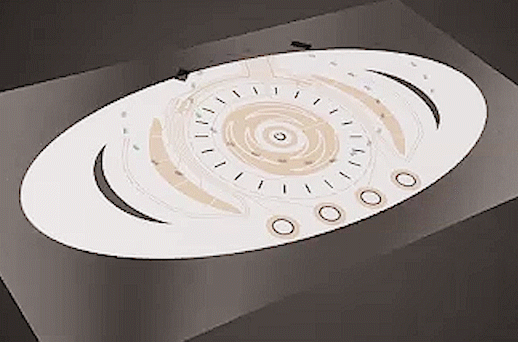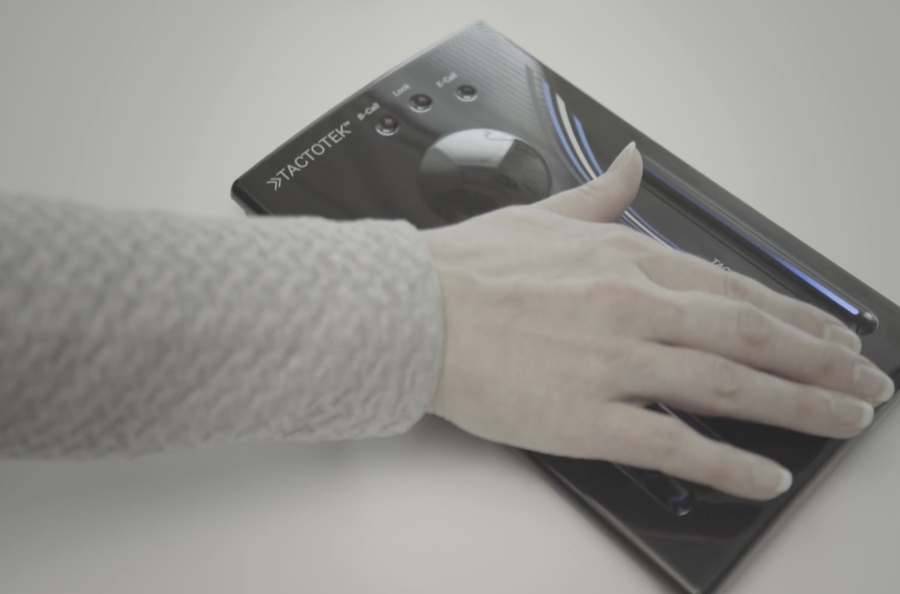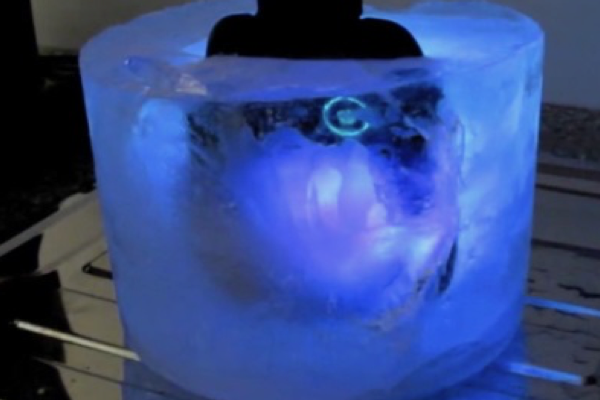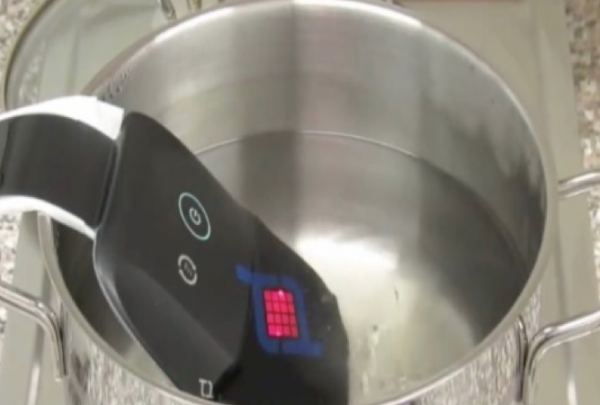How to Put an Electric Control Button INTO the Surface…

TactoTek a structural electronics manufacturer is using plastics to make vehicle ‘connectivity’ more human. The “touchy-feely” printed circuitry of in-mold electronics uses injection molded plastic in several layers, to create a custom “in-situ” interior car part that replaces many standard multi-part switches, knobs, controls and wiring.
TactoTek engineers turn ordinary electronic switches, buttons, dash controls, and door liners into smart decorative surface technologies. This helps eliminate reliance on separately manufactured wires, connectors, levers and switches (components that usually weigh more) and “print” the micron thin circuitry on plastic layers. When we touch the button – two layers complete a circuit and… the control activates.
These circuits get built right into targeted areas including the dash, armrest, door, and center console. These molded-printed-circuits can be 70% lighter than traditional devices, and the process can be more economical and efficient that traditional methods.
Consider how this process re-configures three-dimensional interior design. Since these plastic molded switches fit on almost any SURFACE, this technology can move controls closer to the driver.
Engineers develop a 3-D ergonomic concept design and “flatten” the graphic switch elements into flattened design “plates,” then manufacture thin, flat plastic layers. They create a color coordinated plastic over-layer to match the car interior. They print matching electrical component circuitry on another layer of plastic film. Once aligned Tactotek seals and molds them together into an exacting three-dimensional shape matching the original 3-D design.
Automotive interior designers can hide lights, controls and buttons within a surface until touch-activated by a driver or passenger.
Quality Assurance Testing

Each device design goes through testing to withstand environmental elements and abrasive impacts related to wear and tear. Tactotek demonstrates testing of products in a moist, cold environment – freezing parts at -20°C for three days, and in a moist, hot environment – boiling it for over an hour. They perform impact tests dropping a 16-pound shot-put weight on the devices from a meter in height. After all three tests, TactoTek claims the switches are unaffected and fully responsive.


–
Reducing multipart switches and controls to single-part “smart structures” revolutionizes lightweighting our vehicles. Lightweighting makes room for more advanced autonomous driving and safety components and can help save fuel and emissions.
